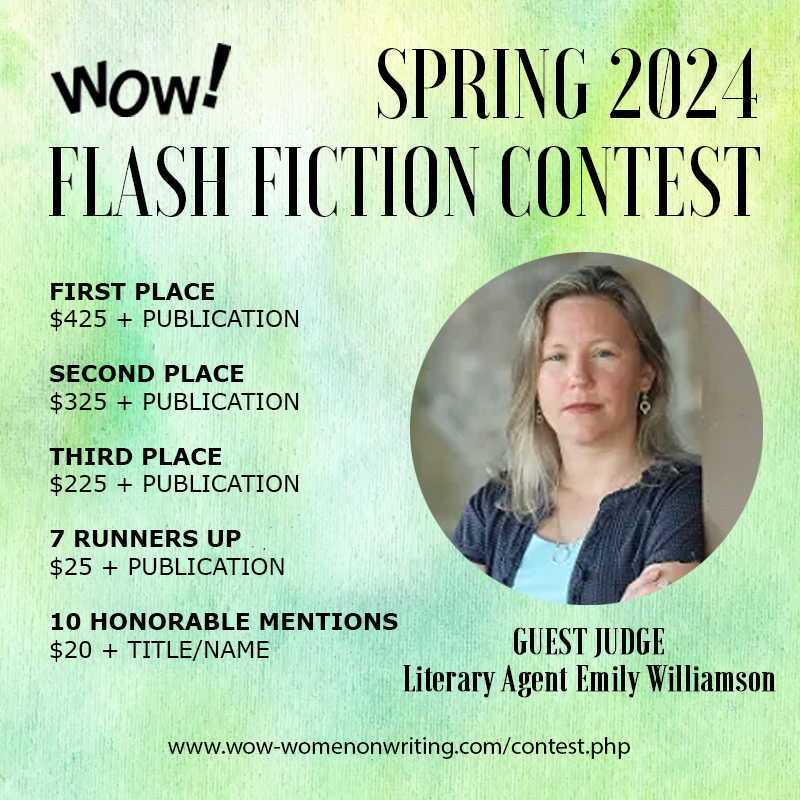Once upon a time, I had a tagline on my website that read, “Cathy C. Hall…Writing and Re-Writing. But that’s a whole ‘nother story.” I changed it up when I used the fishing template but I didn’t change what I do. I still write and re-write, and depending on what I’m writing, I can still end up with a whole ‘nother story from where I started. Such is the drill when it comes to revision.
Recently, I completed the final—well, final for now—revision on my latest middle grade novel. And for me, the final revision is my chart; it helps me to check continuity but it also allows me to see instantly what elements need a quick fix. Invariably, I will think I am done before this final revision, that I’ll just do a run-through in a jiffy, but I am always surprised to find glaring omissions or holes or even name changes, for crying out loud. That’s the beauty of the grid with its sparse details. There is nowhere for the errors to hide!
So here are the elements to give you some idea of what’s important in writing (or re-writing, as it were) a MG novel for me. Maybe you’ll find something to help you in your next novel revision:
CHAPTER: I always give my chapters a title and this is where I double-check to make sure the title fits and also gives a little tease as to what’s coming. Because I write humorous MG, my chapter titles often have a funny twist. But it’s not until after I read the chapter and fill out the rest of the grid for that chapter that I will go back and make changes here. I also will note whether there’s action or talking; I’m looking for balance here and though I hate to take out my funny dialogue, I do get a little carried away at times and have to cut. Ugh.
SETTING: I include the setting to make sure that I haven’t made sudden switches in locale, or mixed up settings. Yep, that happens, but the grid allows me to see this instantly and make the fix. It also shows me the flow of the story and so helps with the continuity.
CHARACTERS: This is also a way for me to double check continuity, make sure there’s balance for everyone involved in the story. Also, it’s very helpful to see when a minor character’s name has changed (several times). Ugh again.
PLOT: In this particular novel, there are three storylines. By giving each plot a color, I can see if I’ve weaved the three together. It’s only in the first few chapters that the main mystery develops and soon enough, the second emotional story comes in, and almost as quickly, the last bit of mystery and romance (which is actually the main plot of the next book) is introduced. If I’ve done my job right, I don’t have a lot of revision here but the color coding helps me to see at a glance where the manuscript needs work. I don’t have to have all three plots in each chapter, but again, I’m striving for balance and pacing.
CHAPTER HOOK: This is an element that’s important for me, and I think, for MG readers. I want to make sure that the last paragraph and/or sentence of the chapter is compelling enough that the reader doesn’t want to close the book till the very end. I also want to ensure that the transition from chapter to chapter works so here is where I do a lot of revision. Almost every chapter ending has been tweaked, and often the beginning of the next chapter will have to be tweaked as well.
I know some writers who will use Excel sheets for this sort of grid, and they’ll have more elements (or fewer). It’s whatever works best for you and what you want from your revision. For me, filling in the grid by hand works better, lets me thoughtfully see the whole picture. When all is done, I don’t have a whole ‘nother story, but I do have a better story. And here’s hoping that an editor feels the same way!
(P.S. Have any revision tips? Questions? Want to argue for what you think is more important? I’m all ears. Or eyes. Or whatever. UGH.)
~Cathy C. Hall
Revision: A Whole 'Nother Story
Wednesday, June 12, 2019
Powered by Blogger.










.jpg)


5 comments:
Cathy--My current WIP is not set up in chapters. However, I like the idea of intriguing or quirky chapter titles, and it's also (a plus) a convenient way to chunk the text when revising.
Since I chucked my first draft, and began anew with a female lacrosse-playing protagonist instead of a guitar-playing male, it will be easy to begin (now) with chapters.
My suggestion for revision: hire someone like Margo Dill. :) She'll tell you everything that's wrong with the manuscript, everything that's right, and she'll give specific suggestions on ways to improve it.
Agreed, Sioux. Whether you find a good editor or use beta readers, it's always good to have fresh eyes on a manuscript during the revision process. (And good luck with your revision...lacrosse, huh? I'm hooked already!)
I'm totally addicted to tips for outlining & plotting, so thanks for this, Cathy!
Of course you know all this stuff. You're the Yoda! :) One thing I've found that helps me is to NOT break into chapters for the first draft. The first draft is one continual piece delineated by scene separations. My chapter breaks come later, after revision. I choose where the chapters will end based on the best cliffhanger spot for each rather than the definitive end of the scene. It works for me, but I know doing it that way would make some writers nuts. lol
Thank you Cathy. I always find useful tips on your site. I love grids.
Post a Comment